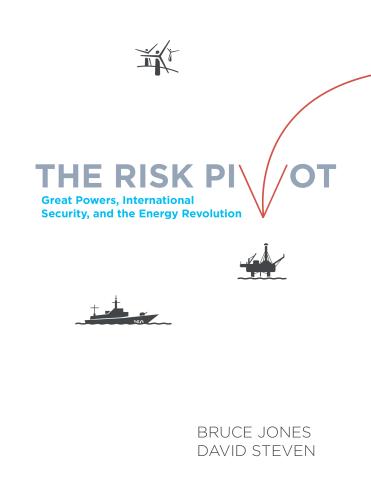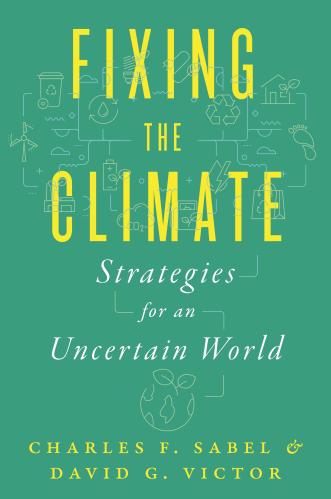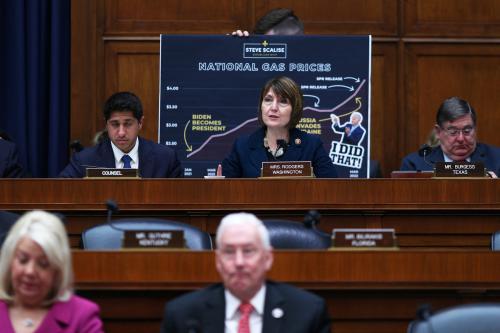Last week, Samantha Gross and other fellows in the Cross-Brookings Initiative on Energy and Climate traveled to Houston for IHSMarkit’s annual CERAWeek conference. In a previous post touching on the conference, she looked at the energy industry’s current mood on climate.
Listening to global leaders at CERAWeek in Houston, innovation in the fossil fuel industry was a frequent theme. In today’s low-price world, companies are finding new ways to meet consumer demand and invest for the future.
The oil and gas industry is cyclical, with boom and bust cycles of high and low prices. The industry pulls back on investment during the low price periods. Fatih Birol, head of the International Energy Agency, noted that the industry is currently at a 40-year low in investment levels. Less investment today results in less future supply, pushing oil prices up and beginning the cycle again.
Despite the drop in investment, innovation doesn’t stop during low price periods. When prices are high, investment focuses on bringing new supply online. When prices are low, companies focus their efforts on efficiency—bringing oil and gas to market at lower cost. Some of these efforts focus on improving current processes, such as drilling longer laterals and fracking more efficiently in shale and tight oil and gas wells. Several industry speakers, including the CEOs of BP and ConocoPhillips, said that improvements in existing techniques will continue and that there are more efficiencies to be found.
Other efficiency efforts are focused on new technology—particularly, finding ways to better utilize data. One speaker pointed out that the oil and gas industry is somewhat behind the times in its technology and data use. Many of us use the app Waze, which tracks traffic via cell phone signals on the road to find the most efficient route to our destination. He noted that the oil and gas industry doesn’t have any data systems that are this high-tech. Data collection in the industry is running ahead of data utilization, and significant efficiencies could be found through better data analysis. However, there is a tug of war between the advantages that internet-connected data collection can bring and the challenge of cybersecurity.
Carbon capture, use, and sequestration (CCUS) is another area where the energy industry continues to pursue innovation. Natural gas-fired power plants can produce electricity with about half the carbon dioxide (CO2) emissions of coal. But to achieve a very low- or zero-carbon power sector in the future, this level of emissions is still too high. CCUS can allow us to take advantage of the benefits of fossil fuels—such as their ready availability and gas-fired power’s ability to quickly follow load changes—without the accompanying CO2 emissions. The Oil and Gas Climate Initiative, led by the CEOs of 10 oil and gas companies, is investing $1 billion over 10 years to further low-carbon technologies, particularly CCUS.
Innovation on CCUS is coming along, both on technical aspects and on business models to support it. In the capture portion of the equation, research is focused on minimizing the energy penalty that results from removing CO2 from exhaust gas. In the use and sequestration part of the equation, enhanced oil recovery is the only current commercial use for captured CO2. Research is looking at others, including cement and plastics. Suitable geologic formations for storing CO2 are not available everywhere, meaning that finding additional uses for CO2 will be important if CCUS is to be used widely.
A more detailed examination of the promise of CCUS and the technical and policy challenges can be found here.










Commentary
Energy innovation doesn’t stop when oil prices are low
March 15, 2017